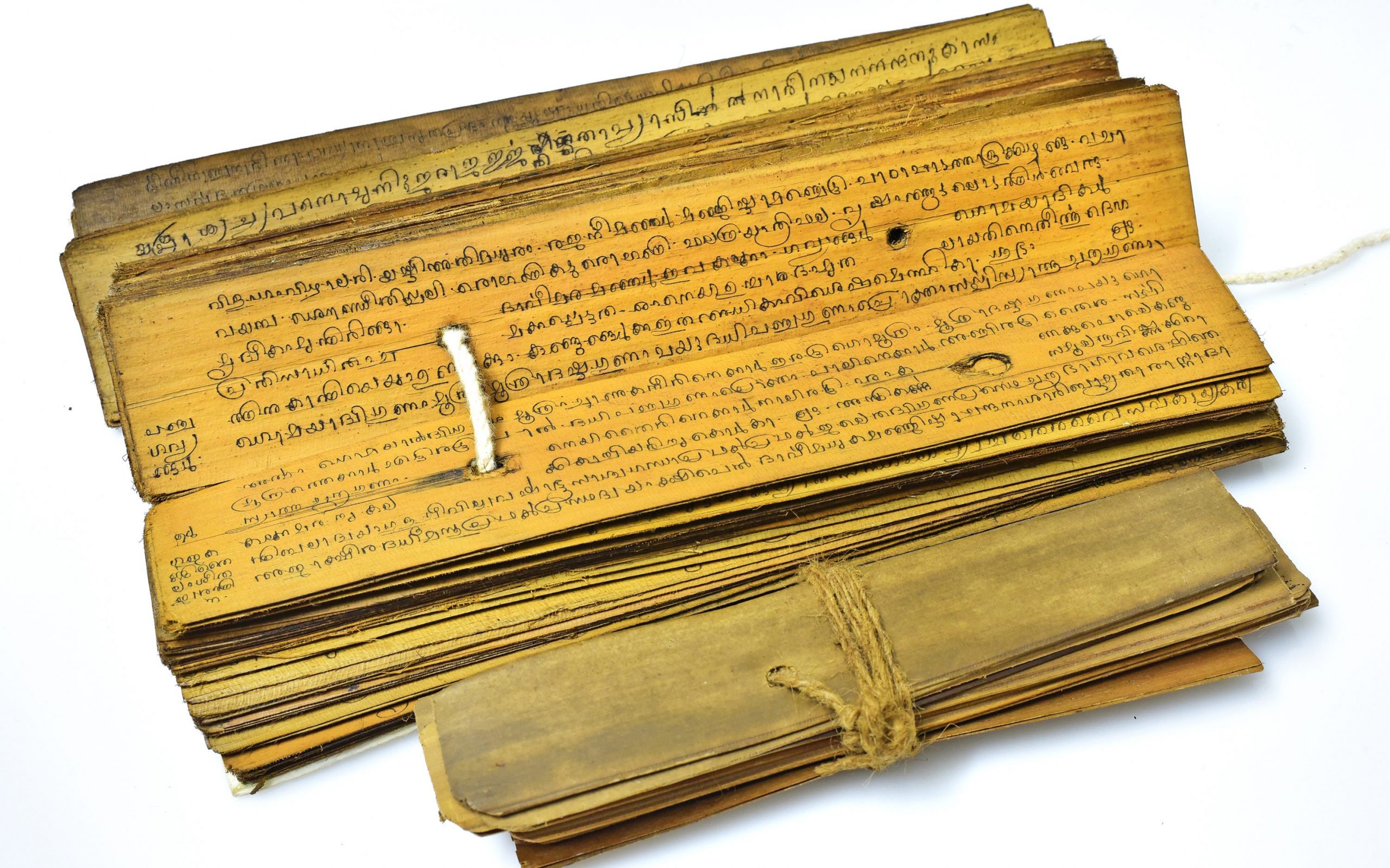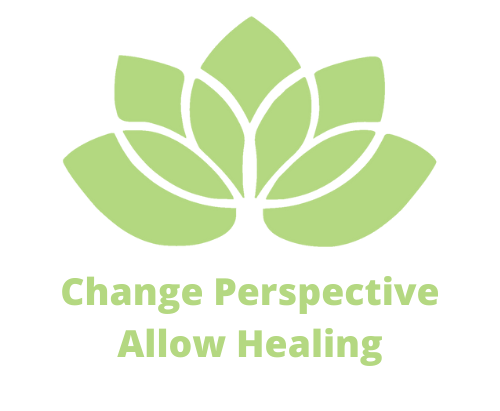
Ayurveda and
Integrative medicine
in the Alentejo / Portugal
Ayurveda is probably the oldest traditional healing method in the world. With its writings that are over 2000 years old, Ayurveda has an incomparable precisely documented knowledge base, which has been handed down for thousands of years, first orally from generation to generation and then also in writing. Although the system originated in India, the Ayurvedic healing system can be transferred to the environmental and living conditions of all regions and cultures due to its universal principles. Ayurveda as it is taught and practiced in India today, takes this claim into account. The basic elements of Ayurveda consist in the unity of body, mind, soul and senses, the element-theory, the unity of micro- and macrocosm as well as the interaction of the functional energies vata, pitta and kapha, whose harmonious balance is the basis for health and well-being
In the design of its diagnostic and therapeutic principles, Ayurveda recognizes the absolute uniqueness of the individual in an outstanding way. In this way, Ayurveda gives us humans from Western civilizations a new perspective on illness and discomfort and thus the basis for real healing.

Integrative medicine means that for me to take the perspective and the methods of Ayurveda and other traditional or naturopathic healing systems to supplement the often limited possibilities of conventional medicine for the alleviation or healing of chronic or supposedly chronic diseases. In addition, these healing methods help us to treat even acute diseases or symptoms in many cases more gently and thus with fewer side effects. However conventional medicine may be an important part in alternative medicine. It is about the mutual recognition of their respective strength and weaknesses in the best interest of the patient.
Who wants to know more:
Ayus means “life” and veda means “knowledge”
However, Ayurveda is not a pure science, but a comprehensive system that deals with life in its multidimensionality. This becomes clear when one deals with the ancient writings of Ayurveda, such as the Charaka Samhita. These are written in an exact and at the same time wonderfully spirituality verse form. They are therefore more of an art form, and less of a pure scientific treatise.
“Ayus” goes back to the root word “yatu“. Yatu means “the one who moves”.

Millennia-old writings of Ayurveda in Sanskrit written on palm leaves
Understanding life as a process
In this sense, “Ayus” is to be understood as a process that extends from conception to death. Ayurveda is therefore a system that deals with the life span between the connection of semen and egg until the death, in all its facets: the continuum of consciousness, the liveliness (jivita), the connection with the body (anubandha) and the preservation of life (dhari).
[Ca. Su. 30/22-23].
Individual gladness means health
Health, in Sanskrit Arogya (“not being sick”), is described in the ancient texts as “the very personal feeling of gladness” (sukhasnjakam). It is therefore a matter of achieving a condition for the patient that contributes to his or her very individual situation in the interplay of body, mind, soul and senses.

